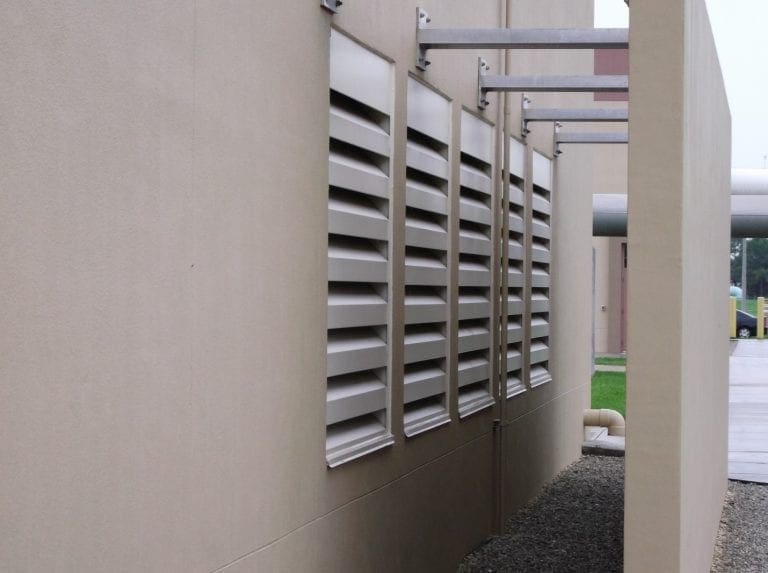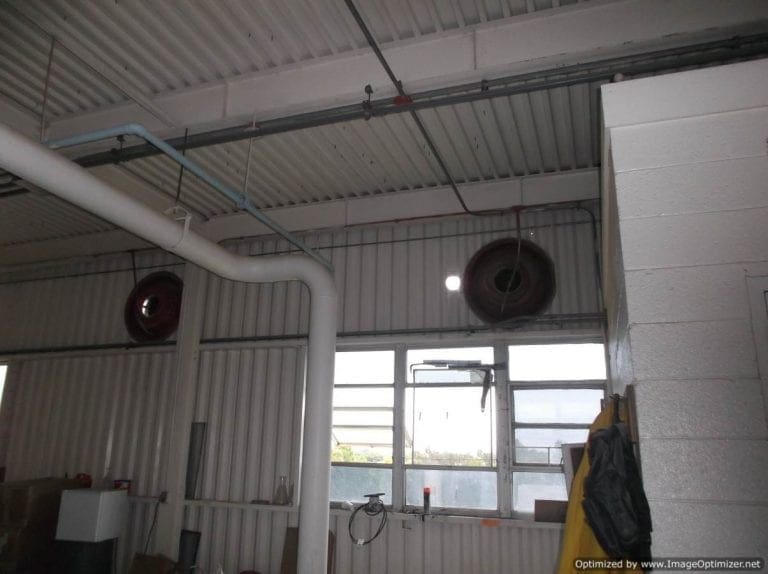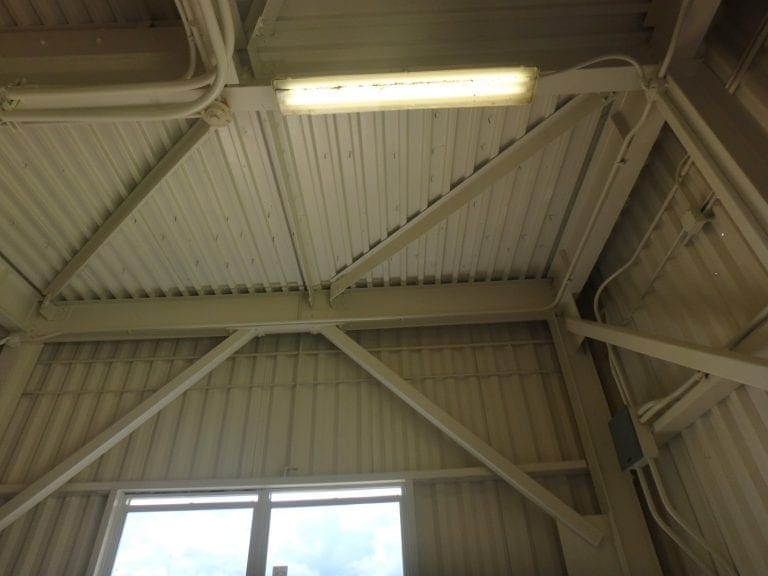
How Engineer WGI Rose Up and Over Pandemic’s Challenges
WGI stayed in growth mode throughout the pandemic as it moved to expand its geographic footprint by furthering early steps at organic expansion.
Learn from award-winning professionals — explore our whitepapers, blogs, and the latest industry updates.
Join our dynamic organization of engineers, land surveyors, landscape architects, environmental scientists, and architects!
Talk to a market leader today! We’ll answer any questions you have about our professional services.

Hurricane hardening — what is it? Why are counties and cities requesting hardening evaluations? Why should a commercial property owner or private business be interested in an evaluation? Does it result in a reduction in the property insurance? What benefits will it yield?
These are the questions that come to mind during discussions of evaluating an existing structure for hurricane hardening. Just what the heck does that mean?

“Hurricane Hardening or Storm Hardening is the process where construction is used to create new infrastructure or retrofit existing infrastructure such that it is more capable of withstanding extreme weather events.” It “involves physically changing infrastructure to make it less susceptible to damage from extreme wind, flooding, or flying debris.”
In other words, it is a building’s or facility’s ability to remain in operation, or have minimal or no downtime, during and after storm events.
Hardening evaluations can vary from a single building structure, such as a residential home, to an entire infrastructure, such as the electrical transmission and distribution system of the State of Florida.
For this article, we will concentrate on existing commercial and institutional building facilities. The evaluations are typically performed by a two-person Structural Engineering team and a two-person Mechanical/Electrical Engineering team to assess an existing building’s ability to withstand a storm. Structural consideration is given to the building envelope, wall type, roof type, windows, doors, exterior drainage, landscaping, and any other observed potential problem in a high-velocity wind event. Mechanical and electrical considerations include locations of air handling units, water supply, critical electrical/ mechanical equipment, if there is emergency generator power and, if not, what size is appropriate for the building’s planned use during and after a storm event. The team will recommend improvements to the structural components and utility infrastructure (internal and external) to increase the resistance and resiliency of the facility during and following a storm event.
The advantages of having a building (or facility) hardened are continual use, no loss of functionality of the building, and a decrease in insurance rates for storm and flood mitigation (as may be applicable — this should be discussed with an insurance agent). With sustained use, there is sustained income. Hardening is a preferred alternative to reconstruction or replacement of a structure and the most cost-efficient approach to storm-loss mitigation.

During the 2004 and 2005 storm seasons, there were businesses within Palm Beach County, that were without electrical power for two-three weeks. Once power was restored, other factors such as compromised HVAC and building envelope issues, prevented the business from fully functioning. The cost to a single business can be more catastrophic than the physical storm damage.
The storm-hardening evaluation and facility hardening should be considered by any business or organization, especially those which provide services to the public such as government facilities, hospitals, supply chain providers, food and grocery services, and any business that wishes to reduce loss following a storm event.
WGI has provided Town of Palm Beach, City of Delray Beach, City of Boca Raton, City of Lake Worth, and Palm Beach County hurricane hardening assessments and American Red Cross evacuation shelter selection and evaluation (ARC 4496).

The facilities evaluated for Palm Beach County, include PBC Sheriff headquarters, 22 public schools, 10 civic centers, eight buildings for Florida Atlantic University, and 188 structures and buildings for various water utilities.
Additionally, WGI has numerous ongoing hardening projects for these same municipalities.
Contact us today to learn how we can help protect your building or facilities.
[1] From Wikipedia and “Hardening and Resiliency: U.S. Energy Industry Response to Recent Hurricane Seasons” (PDF). US Department of Energy. Retrieved 9 July 2013.

WGI is a national design and professional services firm leading in technology-based solutions for the construction of public infrastructure and real estate development. At WGI, we’re providing Tomorrow’s Infrastructure Solutions Today.

WGI stayed in growth mode throughout the pandemic as it moved to expand its geographic footprint by furthering early steps at organic expansion.

There are new requirements for Houston, TX that will greatly impact detention rates for sites of all sizes. Learn how these changes could affect your upcoming projects.

How WGI is working to ensure a healthy and viable environment by embracing sustainability, resiliency, and adaptation (SRA).

Take a walk (and dive 🤿) with Amanda Montgomery as she gives us a glimpse into what a day in the life of an Environmental Scientist looks like at WGI.

WGI moves up 12 spots on the Engineering News-Record (ENR) 2021 Top 500 Design Firms List!

Owners should already have mitigation strategies in place to protect their buildings and essential infrastructure. For those that don’t, there’s no time to lose.
You’ve been searching for a place like WGI. We look forward to meeting you soon.
Sign up to receive emails to hear our latest news and achievements in our monthly newsletter.
Enter your zip code, and we’ll personalize your experience with local projects, office locations, team members, and more.
WGI supports its associates with meaningful opportunities for growth, strong benefits and perks, while we work collaboratively with clients and co-consultants to shape and improve communities.






WGI is a dynamic organization with opportunities nationwide for engineers, land surveyors, landscape architects, environmental scientists, and architects.